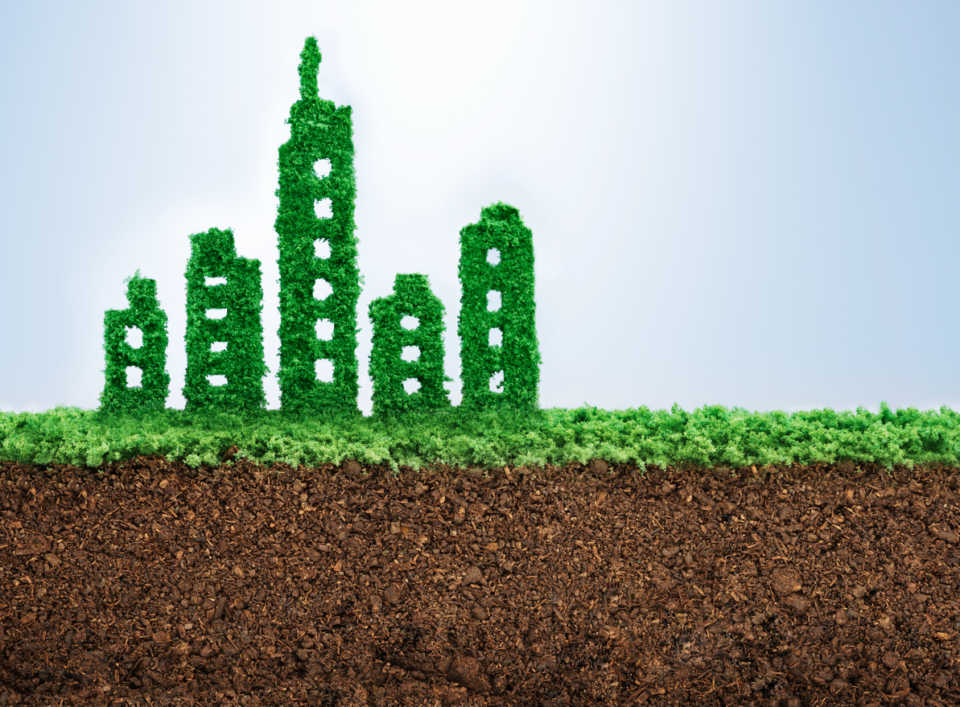Sustainably-minded investment continues to gather apace, and according to the Harvard Business Review, the appetite for responsible development is driving growth. According to their report,$11.6tn of all managed assetsare done so under an Environmental, Social and Governance (ESG) strategy, signaling the need for properly managed property development and investment. Despite this, there is a gap in sustainable and responsible housing development globally—real estate investors could benefit from plugging the gap.
The need for fair housing
Many investors are aware of the acute need for green housing, and that remains a valid concern. However, many do not bear in mind the need for accessible housing—especially as humans are increasingly pressed into high-rise living. However, the World Bank estimates that up to 1 billion people aredisabled in some form. That number is only set to increase, as illness epidemics such as those related to obesity take further hold and create further accessibility requirements. This is an astonishingly huge market for housing and one that is poorly serviced. If new homes are to be built, or existing ones adapted, investors working under a strategy to service the disabled community will benefit. Tying this into green building is also advantageous and can kill two birds with one stone—it’s entirely possible, and even more cost efficient, to integrate accessibility and green design into the building process.
Changing existing behaviors
New homes should be built with accessibility requirements built in; similarly, they should look to have inbuilt environmental abilities that do not require the input of the homeowner in order to function. This is a view echoed by the Environmental Journal, who suggest that future environmental progress can be ensured through introducing home building measureslike low energy fittings, water restricters and community resource systems. Investors should look to co-opt these changes in houses. Evidence has shown that green housing is more sustainable and can bring both short and long term benefits to the developer and investment group.
Consumer paybacks proving fruitful
A driving factor behind increased sustainable building will undoubtedly be public pressure. The UK has shown this to great effect, where government-led green building incentives are putting money back into consumer pockets. According to Open Access Government, this has led to as much as $905 being put in the pocket of one consumer, and a utility bill cut by 30%. What’s more, significant property appreciation has been noted, with one property gaining 600% in value on top of its building value due to the high focus placed on green building. This is a multi faceted ‘win’ for property investors and should drive more people into green investing, at least where government subsidies continue to be applied.
Green homes are the future as sustainability is a non-negotiable factor of future living. With a sixth of the world’s population disabled, it makes sense to make this new generation of housing equally compatible with those who have accessibility requirements. The results will be felt, both in ROI and in consumer pockets.
By Chrissy Jones


